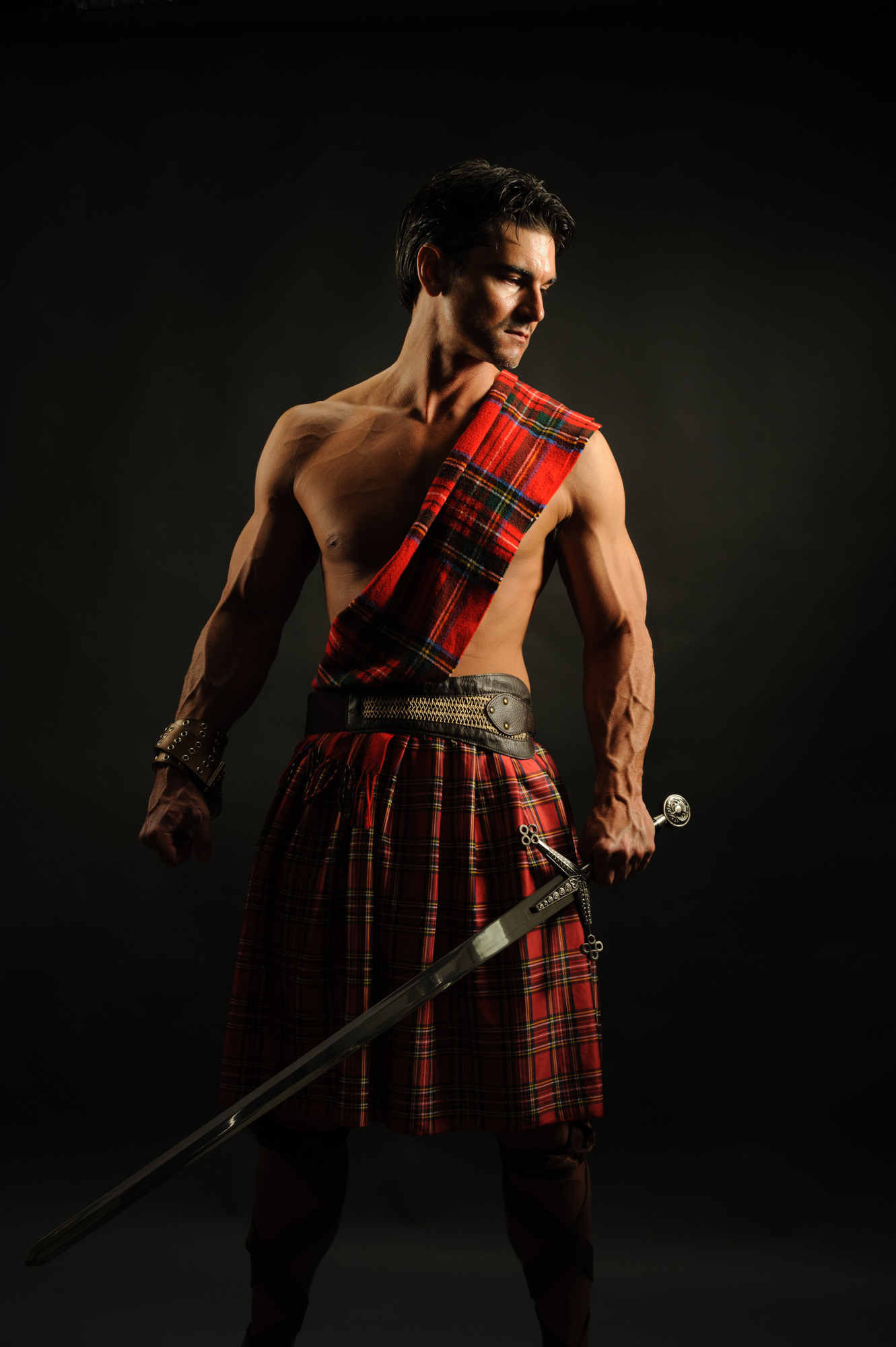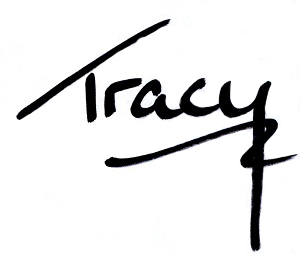This post appeared on a blog now long gone, when I was first touring for the release of Bannockburn Binding. As time travel romances are creeping back into my production schedule, I thought I’d add it here. — t.
 The United Kingdom today includes Scotland, Wales and Britain, but it took centuries and blood to unite them…especially Scotland, which didn’t take kindly to the idea at all.
The United Kingdom today includes Scotland, Wales and Britain, but it took centuries and blood to unite them…especially Scotland, which didn’t take kindly to the idea at all.
Scotland still considers itself an independent country, in spirit at least, and it fought for two centuries and two bloody wars for that right.
The first of those wars is probably the most famous thanks to Mel Gibson, who brought the first half of the Scottish War of Independence to the big screen in the runaway best-selling movie, Braveheart. William Wallace didn’t survive to see the success of the war. He was executed shortly after the decisive Scottish victory at Falkirk, but his influence helped shape the events in the rest of the war.
The English withdrew most of their presence from Scotland after Falkirk, to lick their wounds. But they did keep hold of Stirling Castle, one of the most strategically important and strongest castles in Scotland. The Bruces, the ruling Scots clan, promptly laid seige to the Castle, with Edward Bruce, the King’s brother, in charge.
Edward bargained with Sir Phillip Mowbray, who was in command of the castle, giving him until mid-summer to give up the castle. This tactic had worked before with other, lesser castles. But Stirling was too important to meekly hand over and the seige lingered on, while the English King Edward rounded up a mighty army to come north and face the Scots once and for all.
The river that ran past the castle was called the Bannock River or, as the Scots called them, a ‘burn’. The Bannock Burn.
It was here that Edward and Robert “The Bruce” met in battle on June 24 in 1314, in a battle that was to last for two days, and would become known as the Battle of Bannockburn.
The Scots won, sending the English from Scotland and declaring Scotland independant. That independence would be formalized with the signing of the Treaty of Edinburgh-Northampton in 1328.
Alas, Scotland’s independence wouldn’t last. They would have to fight to preserve it a second time. The Second War Of Independence lasted from 1332 to 1357, but Scotland won that war, too.
One of the interesting things to come out of both wars was the use of the long bow. The wars proved how efficient the long bow was as a killing machine, and the long bow became the general weapon of choice across Europe for knights and foot soldiers for the rest of the late medieval period.
Cheers,

—
Get the news that no one else does. Sign up for my newsletter.
For a short while, you get a bundle of ebooks, free, when you sign up, as a Starter Library. Details here.
I love learning these tidbits of information ramvkt about in that fascinating mind off yours.
Thanks!
t.